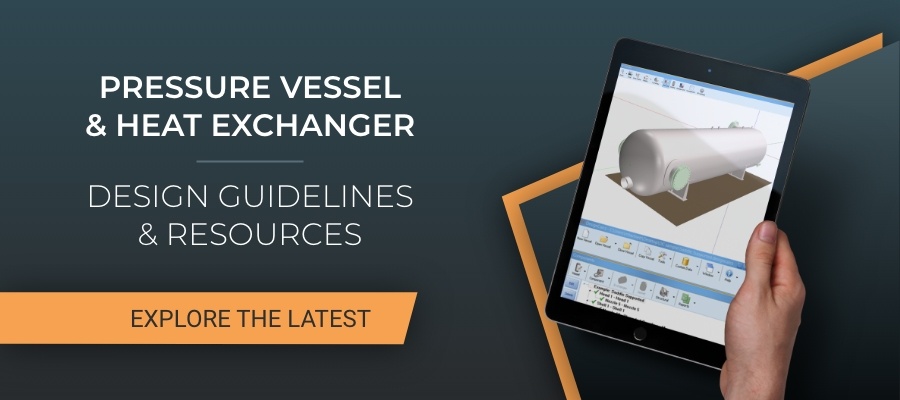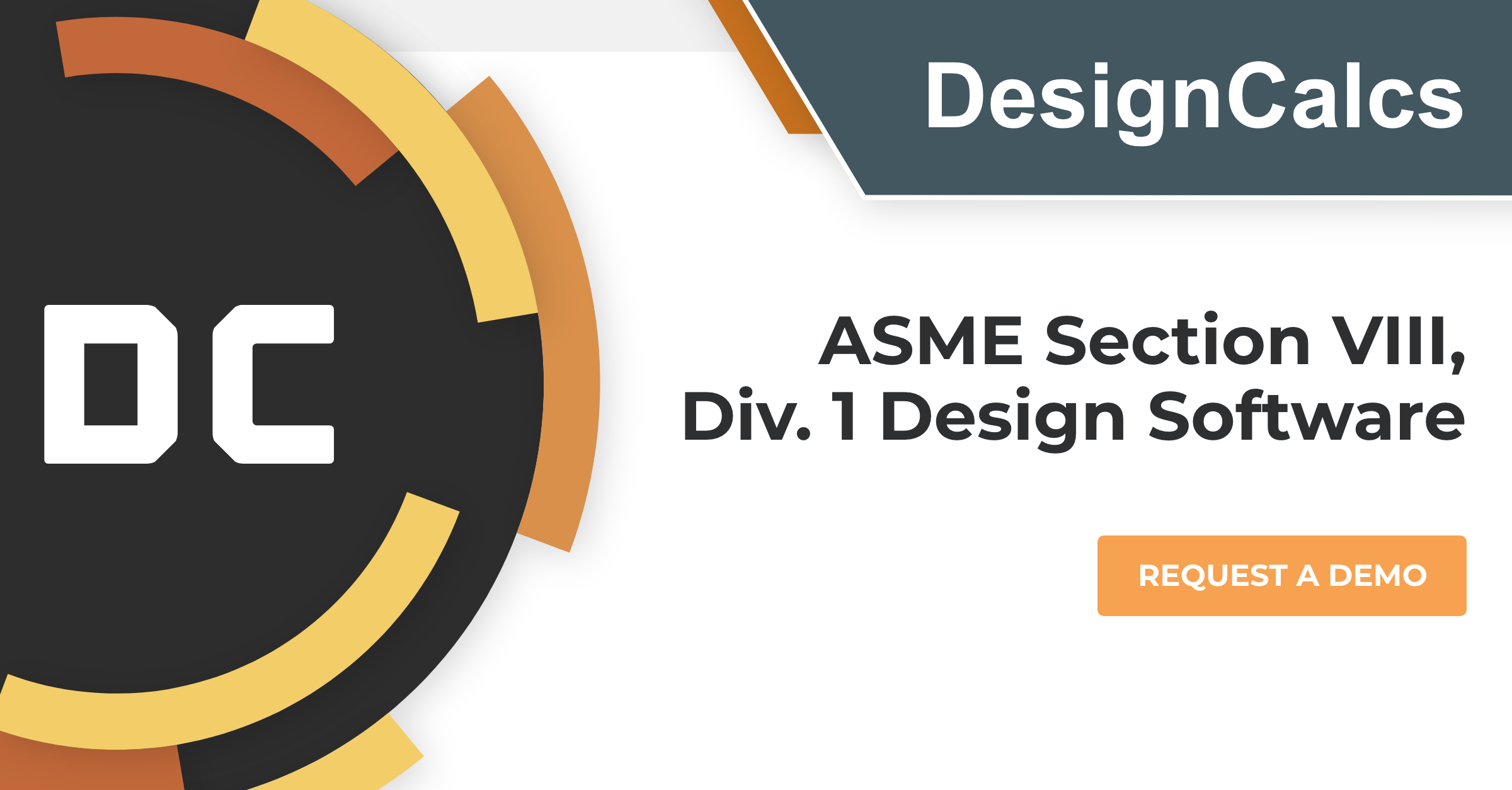The 2021 edition of ASME Section VIII, Division 1 has introduced requirements for the qualification of vessel designers. The introduction of Appendix 47 marks a foundational shift as this is the first time the mention of “certifying engineer” has appeared in the codebook.
In this blog, we’ll review what that means for code compliance, the technicalities of Appendix 47 for designer qualification, and how fabrication management software can help make handling the code changes easy for you and your team.
Appendix 47: Facts v. Myths
Since the new ASME VIII-1 revisions mention a “certifying engineer,” there’s been a lot of confusion around what this actually means: Is having one now mandatory for compliance? At CEI, we’ve fielded many questions from people throughout the industry and noticed some common misconceptions. Let’s sort out the facts from the fiction:
Note: These appendices are numbered, meaning this is a mandatory rule for compliance.
Does Appendix 47 Require Everything to Be Sealed by a Certifying Engineer (P.E.)?
No. There is nothing in Appendix 47 that talks about sealing requirements. It does refer to requirements to be a qualified vessel designer and for someone to be in responsible charge of vessel work, but it doesn’t say anything about sealing vessel designs.
Do I Need to Hire Someone New If No One In My Organization Meets the Requirements of 47-2 for Responsible Charge?
Not necessarily. If you don’t have a full-time certifying engineer on staff or another qualified employee per 47-2, there is some flexibility within 47-3 for remaining compliant. Organizations that have been manufacturing for years and have plenty of industry experience likely have one of the exemptions listed there.
Does My Organization Now Have to Get Software Training Even If We Only Do Simple/Low-Pressure Vessels?
Not necessarily. Software training is only required in some cases based on 47-5 and Table 47-5-1. This is most likely to affect companies trying to remain compliant while invoking U-2(g). But even here, you may be able to take advantage of the 2019 revisions and utilize Appendix 46.
Note that even “simple” vessels may need U-2(g) to flesh out all aspects of adequate and safe design. You are likely already making those calculations using software over manual processes. To this extent, software training was already crucial for your team.
Software training is critical, regardless of the requirements of Appendix 47, and has always been. Pressure equipment is regulated for a reason.
Implications of Appendix 47 on Welding Fabrication & Design
What Appendix 47 boils down to for the 2021 ASME code changes is this:
The manufacturer must pick the requirements for their organization, document them, and keep track of the design activity (similar to welder qualification and continuity).
Remaining compliant with these regulations doesn’t require you to completely upend your existing operations or force you into a hiring frenzy. You don’t have to scramble to get the right personnel in place for getting designs and reports up to code. You can continue to fabricate in a way that works for your organization. Appendix 47 is simply about tracking design continuity through documentation.
In many ways, this is no different from the standards in place for welder qualification and continuity. And, as is seen, fabrication management software is by far the easiest way to manage welders, design efficiently, and document processes for code compliance and risk aversion.
Future ASME Code Revisions and the Impact of Appendix 47
The changes exhibited in Appendix 47 were not unforeseen, but have been in the works for quite some time. These changes began in 2012 as item 12-310 and were discussed and evolved into their current form as Appendix 47.
As ASME code changes, history shows us that requirements often become more strict and less flexible. What this means for designer qualification and welding processes is that they will become more explicit with fewer workarounds for compliance.
Software Training for Appendix 47 Compliance
Going forward, like with welder management, the easiest way to ensure code compliance for the 2021 ASME code changes and the inevitable changes that will come down the road will be through specialized fabrication management software rather than manual processes.
At CEI, we get it. Learning new software can be intimidating. It’s precisely why we always offer accessible training to you and your team on how to use our industry-leading design, welding, and fabrication software.
Whether you need help with welder qualification and continuity or ensuring your designer qualification processes are compliant, CEI offers the tools and training you need to ensure compliance. Whether that is now with the implementation of Appendix 47 or in any future updates, we got you covered. If you’re interested in finding the right software solution for your team, reach out to us for a free demo of our design and welding software solutions.




Leave a Comment